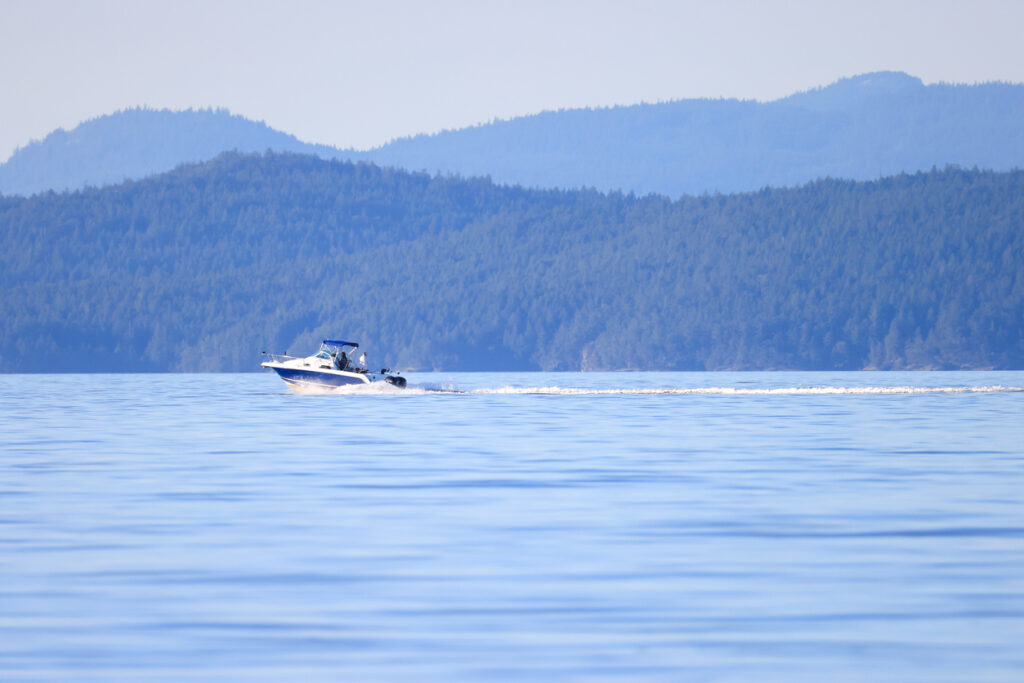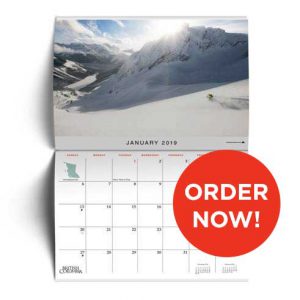When visitors picture British Columbia, they imagine jagged peaks, turquoise lakes, deep forests and mist-lined coastlines. What they may not realize is just how profoundly this landscape fuels the provincial economy – and how essential it is for tourism. According to new data from the government of British Columbia, outdoor recreation is not just a beloved pastime; it is a major economic engine that shapes communities, drives travel decisions and strengthens local tourism businesses.

A Strong Economic Engine
The outdoor recreation sector directly contributed $4.8 billion to BC’s economy in 2023 – about 1.5 per cent of the province’s real GDP. The broader industry generated $17 billion in total revenue, with $3.2 billion in wages and salaries. These numbers show a thriving marketplace for outdoor-based experiences, from guided tours and ski passes to gear rentals and adventure packages.
For BC tourism operators, this signals real opportunity. Destinations that position themselves as outdoor recreation hubs tap into a multi-billion-dollar visitor economy. It’s not just about offering a beautiful trail or mountain – it’s about connecting visitors to the entire system of businesses that surround the experience.
Where Visitors Spend Their Money
One of the most important findings is how travellers spend during an overnight outdoor recreation trip. Roughly 72 per cent of their spending goes toward accommodations, food, transportation and other service-based offerings, while 28 per cent is spent on recreation activities themselves.
This matters for tourism because it shows:
- The trail or activity may be the primary draw – but local businesses capture the majority of the economic activity.
- Investments in lodging, restaurants, access roads and shuttle services amplify the value of outdoor experiences.
- Destinations benefit most when the “town side” and “trail side” of tourism work hand in hand.

Participation & Lifestyle Appeal
Outdoor recreation is deeply embedded in the BC way of life. Government surveys found that 79 per cent of British Columbians participated in outdoor recreation during summer 2022, and 69 per cent took part in winter. Parks, hiking and beaches continue to be the most popular choices year-round.
For tourism, this is important for two reasons:
- Authenticity: Visitors experience a culture that is genuinely connected to the outdoors – not a manufactured attraction.
- Seasonality: While summer participation is higher, winter still sees strong engagement, giving destinations the chance to market year-round experiences.
Beyond recreation, the data also shows that being close to outdoor recreation strongly influences where people choose to live – 54 per cent of summer participants and 61 per cent of winter participants say proximity to nature is a major factor. This reinforces BC’s brand as a place where outdoor living isn’t just an activity, but a defining part of life. For tourism, that adds strength to every message about lifestyle, wellness and nature-based travel.
What Motivates Outdoor Recreation & What Gets In The Way
According to provincial data, people participate in outdoor recreation primarily because they want to do something fun, relax, spend time with friends and family, experience nature and stay healthy. These motivations align strongly with current tourism trends focused on well-being, connection and meaningful travel.
Barriers include cost, accessibility and proximity. This provides direction for tourism developers and marketers: focus on ease of access, family-friendly options, clear trip planning tools, value-based packages and transportation solutions that make outdoor experiences easier to reach.

Why This Matters For Tourism
Taken together, the data paints a clear picture: outdoor recreation is one of BC’s most powerful tourism assets. For destinations across the province, this means:
- Use the data to differentiate your region. BC’s outdoor lifestyle is backed by real numbers – high participation, high spending and high economic impact.
- Build partnerships across sectors. Since most visitor spending lands in accommodations, food and transport, collaboration across all service sectors is essential.
- Develop four-season stories. With strong participation in both summer and winter, regions can market themselves year-round.
- Show the local benefits. Outdoor recreation generated an estimated $1.8 billion in provincial tax revenue and $186 million in municipal taxes. Visitors increasingly want to know their travel supports communities – and in BC, it truly does.
A Story To Tell Visitors
Outdoor recreation in BC is about more than breathtaking landscapes. It’s about the local breakfast café serving hikers before a day on the trail. The gear shop repairing a visitor’s bike. The lakeside lodge where families reconnect. The shuttle driver who shares local stories on the way to the trailhead. The brewery visit after a day of skiing.
Tourism here works best when it highlights the full journey: adventure + community + comfort.
Final Word
Outdoor recreation is a defining feature of British Columbia – culturally, economically and experientially. With billions of dollars in annual activity and unmatched resident engagement, it stands as one of the strongest pillars of the province’s tourism sector. For readers planning their next getaway and for tourism operators shaping the visitor experience, the message is clear: BC’s great outdoors isn’t just the backdrop of a trip – it’s the beating heart of the provincial economy and the gateway to unforgettable travel.
Read the government’s report at https://www2.gov.bc.ca/gov/content/sports-culture/recreation/outdoor-recreation-data.

